GALAX, KFA2 Launch SNPR External GPU Enclosure with GTX 1060 6 GB
by Anton Shilov on November 24, 2017 11:30 AM EST- Posted in
- GPUs
- Palit
- SilverStone
- Pascal
- Thunderbolt 3
- eGFX
- GP106
- GALAX
- KFA2
- GeForce GTX 1060

GALAX and KFA2 have announced their first external graphics solutions for laptops and SFF PCs with a Thunderbolt 3 interconnection. The SNPR External Graphics Enclosure, equipped with a GeForce GTX 1060 6 GB inside, is a factory-built product that is smaller than most of eGFX solutions available today due to its integrated cooling solution and it can be used right out-of-the-box. The device is designed to not be upgraded or use discrete cards, like other enclosures.
Since Intel enabled support for TB3-based external graphics enclosures in the first half of 2016, about a dozen companies released designs targeting gamers with notebooks. In a bid to maximize compatibility with high-end video cards, these manufacturers made them big and bulky to accept almost any GPU. As there are a lot of people who prefer smaller peripherals and would rather not install graphics boards into eGFX boxes themselves, GIGABYTE earlier this year launched its compact Gaming Boxes featuring the pre-installed GeForce GTX 1070 and GTX 1080 graphics cards. This week, Palit Microsystems (the company that owns Galax, KFA2 and other brands) introduced its eGFX solution, co-developed with SilverStone, that appears to be even smaller than the products offered by GIGABYTE. This was demoed as an early prototype at Compute in June, but is now getting a full launch.
The SNPR External Graphics Enclosure, with a GeForce GTX 1060 6 GB installed, comes in a custom stainless-steel chassis designed by SilverStone and integrates a graphics card featuring NVIDIA’s fully-fledged GP106 GPU. The SNPR GeForce GTX 1060 6 GB TB3 enclosure is 73 mm thick and measures 165.0×156.5 mm, which makes it the smallest Thunderbolt 3 graphics solution to date.
To make its TB3 eGFX solution so compact, Palit had to develop a special graphics adapter that is not available separately. The ultra-short video card is smaller than Mini-ITX GPU versions, and measures 145×110 mm. The card has a DisplayPort 1.4, a DL-DVI-D output and an HDMI 2.0 header to handle three monitors, so no compromises when it comes to connectivity. To ensure stable operation, the board uses a rather sophisticated cooling system featuring an aluminum radiator, three heat pipes, and two fans. Meanwhile, the chassis features honeycomb ventilation holes on its sides, on top as well as on the back.
The device is compatible with every computer that has a Thunderbolt 3 connector and appropriate software and firmware updates. The SNPR is equipped with an external 230 W PSU, so it consumes no power from the TB3 port, but cannot power laptops via the TB3 connection itself (unlike some TB3 docks).
| SNPR External Graphics Enclosure with GeForce GTX 1060 6 GB | |
| GPU | NVIDIA GeForce GTX 1060 (GP106) 1280 stream processors, 80 texture units, 48 ROPs, 192-bit bus |
| Box Size | 165.0 × 156.5 × 73.0 mm 6.50" × 6.16" × 2.87" |
| Box Weight | 1.38 kilograms |
| PSU | 230 W, external |
| AC Input | 100-240 V |
| Graphics Card | Custom GALAX/KFA2 GeForce GTX 1060 Base: 1531 MHz Boost: 1746 MHz 6 GB of GDDR5 memory at 8 GT/s |
| Display Outputs | DisplayPort 1.4 HDMI 2.0b DL DVI-D |
| Additional Information, Links | GALAX | KFA2 |
GALAX and KFA2 plan to start sales of the SNPR External Graphics Enclosure with GeForce GTX 1060 6 GB in the coming weeks. MSRP of the product for the U.S. is unknown, but in Europe the eGFX TB3 box will retail for €499. The price of the product seems to be a bit inflated because of its compact size and factory-installed video card. If size is not an issue, it would be cheaper to buy an AKiTiO Node ($249) and a GeForce GTX 1060 6 GB ($240) in the U.S. than to buy the solution from Palit’s brands. Moreover, GIGABYTE’s own AORUS GTX 1070 Gaming Box is currently available for $569.
Related Reading
- Gigabyte Releases AORUS GTX 1080 Gaming Box: Upgraded GPU, Same Size Chassis
- Aorus Announces the GTX 1070 Gaming Box eGFX Adapter
- Razer Launches Core v2 TB3 eGFX Enclosure: Dual TB3 Controllers
- ASUS ROG XG Station 2 eGFX Enclosure with Thunderbolt 3 Launched
- AKiTiO Introduces Node: Thunderbolt 3 eGFX Box for $299
- GALAX and KFA2 Katana: Single-Slot GTX 1070 GPUs Coming Soon
- Palit Launches GeForce GTX 1070 for Mini-ITX PCs with GALAX and KFA2 Brands
- GALAX Launches Low Profile GeForce GTX 1050 OC and 1050 Ti OC
Sources: GALAX, KFA2 (via TechPowerUp)


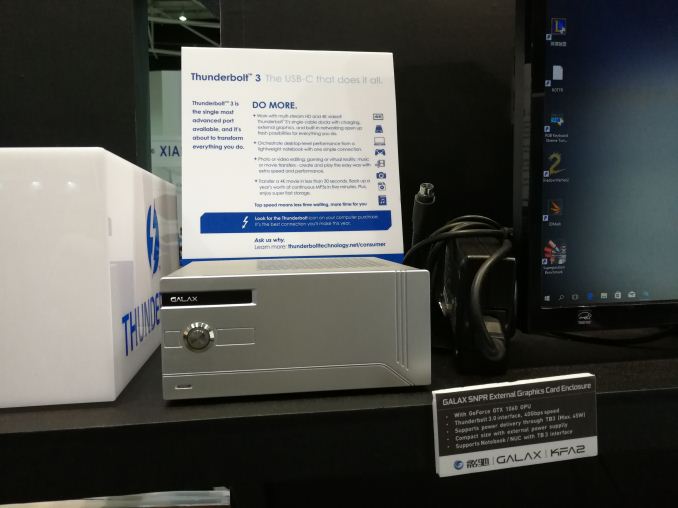
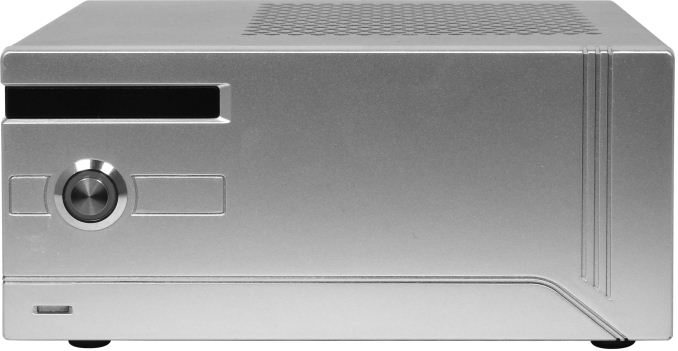
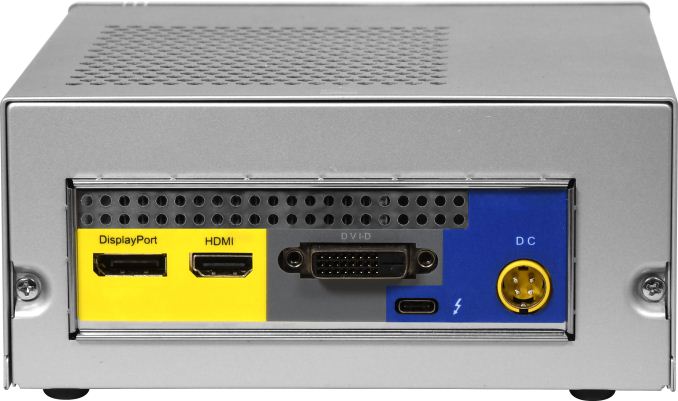
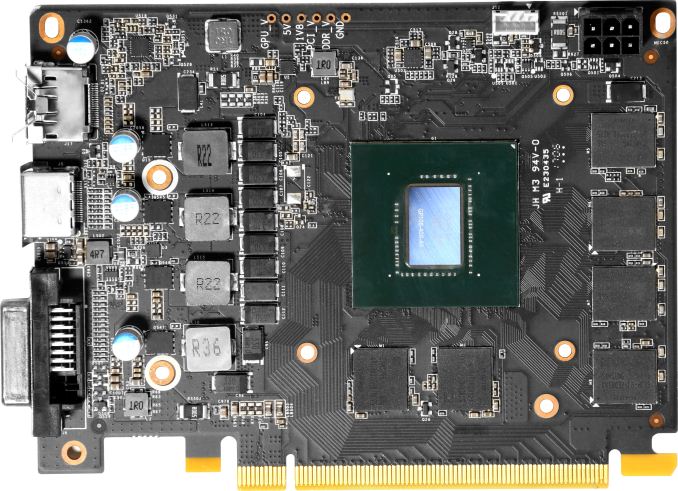







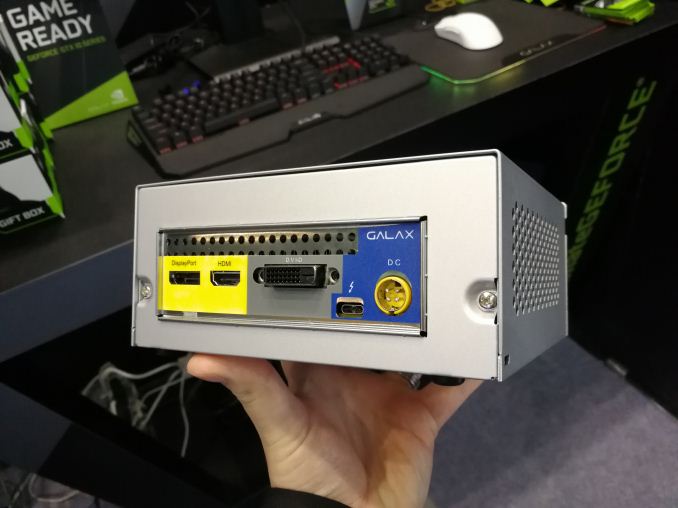








22 Comments
View All Comments
Guspaz - Friday, November 24, 2017 - link
If you're going to charge that much for the product, you should be offering something slightly more than "absolute bare-bones".At that price point, I expect the eGPU to provide power to the laptop over thunderbolt, and I expect the eGPU to have some USB type A ports on it to take advantage of the fact that Thunderbolt 3 still has a USB 2.0 signal on the cable available for use.
thomasg - Saturday, November 25, 2017 - link
According to the Spec list, it does support power delivery via thunderbolt 3 up to 45W, which is sufficient to power most laptops without dedicated GPUs.ImSpartacus - Saturday, November 25, 2017 - link
I think the fundamental problem is that it's simply too expensive to make such a niche product and so you need ridiculous prices like this.Zeratul56 - Friday, November 24, 2017 - link
I love the direction of this, I have been looking for smaller egfx solutions. Something that I can stash in my carry on when I travel.The razor core and the like are much too large and expensive.
Hopefully this will push an even smaller one into the market but this may be good enough size for me.
Death666Angel - Friday, November 24, 2017 - link
You have to explain the use case for me. eGFX solutions for me are a way of getting slim and portable notebooks to also be able to play games at home with upgradeable/cheaper hardware down the road. When I want something to play games on the go, I go with a gaming laptop that already has a decent graphics card inside. This thing isn't upgradeable, is expensive enough to not be cheaper than a 1060 laptop and is more stuff to pack. I don't get the appeal. It seems the money invested in this, considering it will stay a 1060 is better served to get a good 1060 laptop, no?Hul8 - Friday, November 24, 2017 - link
One good thing about external GPU enclosures is that they should be quieter (and cooler) than if the same GPU was internal to a laptop.If you want a thin laptop with 1060, it'll run hot and/or loud.
Even bulky gaming laptops don't often do a very good job with the cooling - manufacturers chase the last few FPS to get wins in performance comparisons, and sacrifice noise.
Death666Angel - Friday, November 24, 2017 - link
This thing weighs 1.38kg and has an external PSU. I think you can get a cool running, quiet-ish laptop for that weight budget.I can get 1100€ laptops with quad core 45W Intel CPUs and a GTX 1060 6GB. By contrast, the cheapest TB3 enabled laptop starts at 560€ with an i3 or at 700€ with dual core 15W cpus. Again, I don't really see the point. If you want it running more quietly, tune the voltages and the fan curve. Or get a physically bigger laptop, I'm sure it will still be more luggable than this frankenstein solution.
thomasg - Saturday, November 25, 2017 - link
Well, actually you can't.You basically can chose between "light", loud and overheating machines, or reasonably cooled, very heavy machines.
The lightest GTX 1060 laptop is the Auros X3 Plus at 1.8 kg (+ 0,56 kg for the PSU), which has severe thermal problems under heavy load and get very loud.
More reasonably sized laptops that can at least somewhat handle the power start at 2.5 kg (+> 1 kg PSU) and are usually enormous 17" machines, certainly at the Euro 1100 price point.
The point of this box is not to carry it around, the point is to have it at home for gaming, while you're carrying a much lighter and smaller laptop around for other things.
This means you carry an 1 kg laptop around, have the 1.4 kg GPU-box at home and don't need to carry an 1.8 kg (again, by far the lightest option on the marked) around.
If you want to game when not at home you will need to bring along the PSU (again, the by far lightest one is 0.56 kg), that nets you 2,4 kg for a underperforming mobile gaming laptop (the larger ones are at 4 kg and over including the PSU).
This is a niche usecase as much as a 17" laptop is, but I can certainly see the point in it. For some people, not for me.
Death666Angel - Saturday, November 25, 2017 - link
Please read the original message, that stated "Something that I can stash in my carry on when I travel." to which I replied "You have to explain the use case for me. eGFX solutions for me are a way of getting slim and portable notebooks to also be able to play games at home with upgradeable/cheaper hardware down the road.". You basically just reiterated my point and completely missed the actual point of the OP I replied to.limitedaccess - Saturday, November 25, 2017 - link
Differing degrees of portability requirements would be one. For example if you are a frequently travel you might be only looking for more portability in something you can carry in luggage and leave in the hotel room while still wanting the laptop as small as possible as you carry that regularly with you on your person.